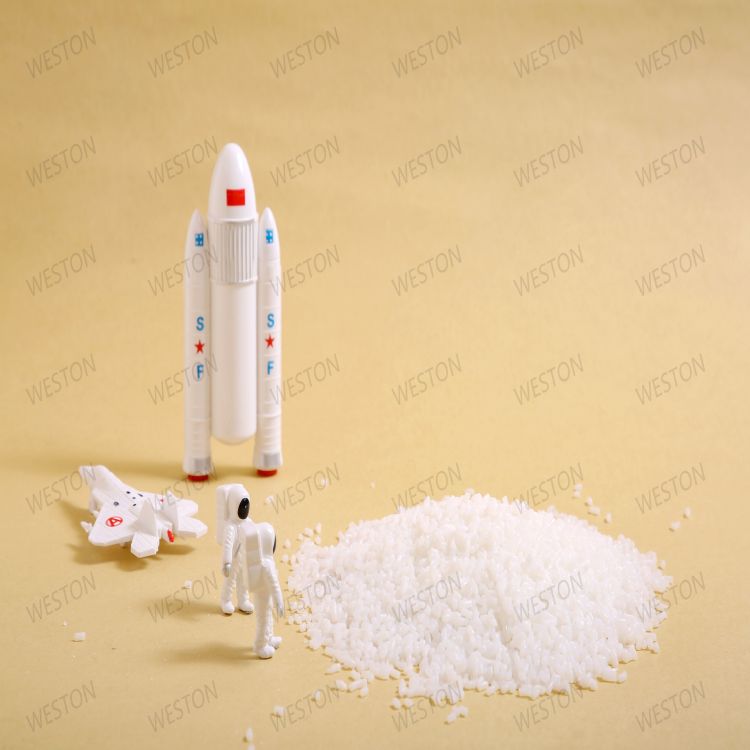-
Categories
-
Pharmaceutical Intermediates
-
Active Pharmaceutical Ingredients
-
Food Additives
- Industrial Coatings
- Agrochemicals
- Dyes and Pigments
- Surfactant
- Flavors and Fragrances
- Chemical Reagents
- Catalyst and Auxiliary
- Natural Products
- Inorganic Chemistry
-
Organic Chemistry
-
Biochemical Engineering
- Analytical Chemistry
-
Cosmetic Ingredient
- Water Treatment Chemical
-
Pharmaceutical Intermediates
Promotion
ECHEMI Mall
Wholesale
Weekly Price
Exhibition
News
-
Trade Service
In the next five years, the six cable technologies of high-temperature superconducting technology, carbon fiber cable, environmental protection materials, aluminum copper technology, aluminum rare earth optimization treatment technology and "thin and small process" will help cable companies win the first opportunity
.
High-temperature superconducting technology has the advantages of relatively low price, large capacity, low loss, no electromagnetic pollution, etc.
, and has been valued internationally, and many countries have raised the development of superconducting industry to a strategic height
.
China has made major breakthroughs
in high-temperature superconductivity technology.
In August 2013, under the on-site supervision of officials from the International Thermonuclear Experimental Reactor (ITER) Program headquarters, the 765-meter CB (factory mark) superconducting cable conductor, the largest superconducting cable operating in the ITER unit, rolled off the production line
at Silver Nonferrous Changtong.
In addition, the relevant national plans also support the major project
of "high-temperature superconducting power transmission".
At present, China imports about 2 billion yuan of high-temperature cables from abroad every year for domestic construction, and it is expected that by 2020, the global superconducting application market will reach 244 billion US dollars (about 1,486.
9 billion yuan), and high-temperature superconducting cables account for about 5% of the share
.
Therefore, the research and development and application of high-temperature superconducting technology will be an important technology
in the wire and cable industry in the future.
Carbon fiber cable is also famous in recent years, carbon fiber cable as an alternative to traditional steel core aluminum stranded wire (bare conductor), mainly used in 110kv-220kv lines
.
Compared with conventional steel-core aluminum conductor (ACSR), ACCC has an aluminum cross-sectional area of 29% and a length and weight 20% lighter, so the use of ACCC can greatly improve line transmission capacity and reduce losses
under the condition of a certain allowable overhang.
By replacing a large number of ordinary conductors with ACCC conductors, power grid companies can expand the capacity of the power grid without adding new lines, greatly saving land, towers and engineering costs, and conforming to the policy direction
of energy conservation and efficiency.
Carbon fiber composite conductor will be a revolutionary alternative to existing conductors, providing new development opportunities
for companies with strong competitive advantages in the field of carbon fiber composite conductor.
Although the current downstream market of China's cable is still in the situation that high-end cables need to be imported, it is foreseeable that with the continuous progress of these six cable technologies, this problem
will soon be solved.
In the next five years, the six cable technologies of high-temperature superconducting technology, carbon fiber cable, environmental protection materials, aluminum copper technology, aluminum rare earth optimization treatment technology and "thin and small process" will help cable companies win the first opportunity
.
High-temperature superconducting technology has the advantages of relatively low price, large capacity, low loss, no electromagnetic pollution, etc.
, and has been valued internationally, and many countries have raised the development of superconducting industry to a strategic height
.
China has made major breakthroughs
in high-temperature superconductivity technology.
In August 2013, under the on-site supervision of officials from the International Thermonuclear Experimental Reactor (ITER) Program headquarters, the 765-meter CB (factory mark) superconducting cable conductor, the largest superconducting cable operating in the ITER unit, rolled off the production line
at Silver Nonferrous Changtong.
In addition, the relevant national plans also support the major project
of "high-temperature superconducting power transmission".
At present, China imports about 2 billion yuan of high-temperature cables from abroad every year for domestic construction, and it is expected that by 2020, the global superconducting application market will reach 244 billion US dollars (about 1,486.
9 billion yuan), and high-temperature superconducting cables account for about 5% of the share
.
Therefore, the research and development and application of high-temperature superconducting technology will be an important technology
in the wire and cable industry in the future.
Carbon fiber cable is also famous in recent years, carbon fiber cable as an alternative to traditional steel core aluminum stranded wire (bare conductor), mainly used in 110kv-220kv lines
.
Compared with conventional steel-core aluminum conductor (ACSR), ACCC has an aluminum cross-sectional area of 29% and a length and weight 20% lighter, so the use of ACCC can greatly improve line transmission capacity and reduce losses
under the condition of a certain allowable overhang.
By replacing a large number of ordinary conductors with ACCC conductors, power grid companies can expand the capacity of the power grid without adding new lines, greatly saving land, towers and engineering costs, and conforming to the policy direction
of energy conservation and efficiency.
Carbon fiber composite conductor will be a revolutionary alternative to existing conductors, providing new development opportunities
for companies with strong competitive advantages in the field of carbon fiber composite conductor.
Although the current downstream market of China's cable is still in the situation that high-end cables need to be imported, it is foreseeable that with the continuous progress of these six cable technologies, this problem
will soon be solved.







